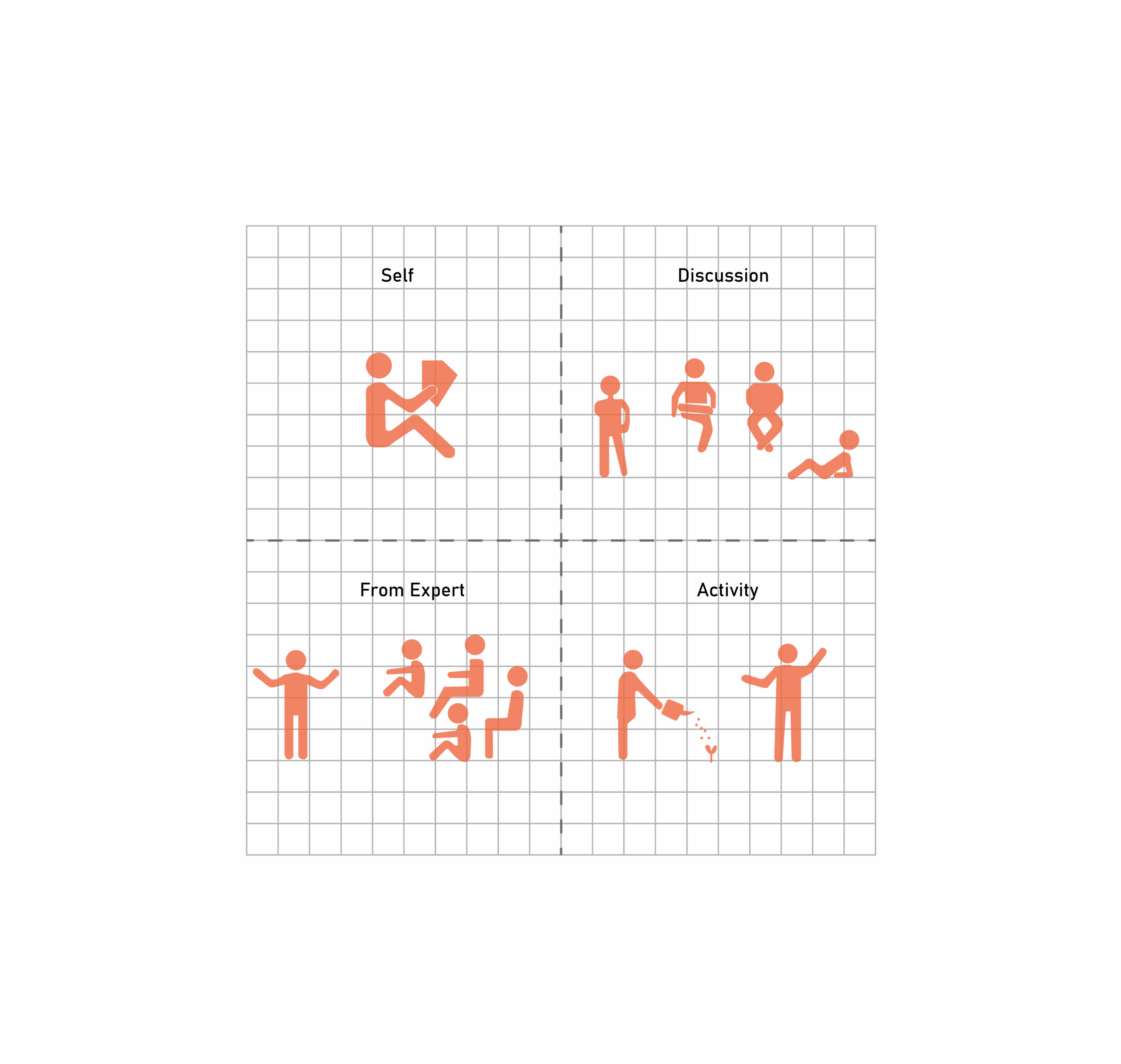As the climate crisis intensifies, soil remains one of the most vital yet overlooked components of climate action. The Soil Beneath Us explores how game-based learning can turn soil science into an interactive, emotional, and educational experience. This project proposes a digital platform designed to teach young people about ecosystem restoration, using storytelling, real data, and collaborative play to make complex environmental systems both visible and engaging.
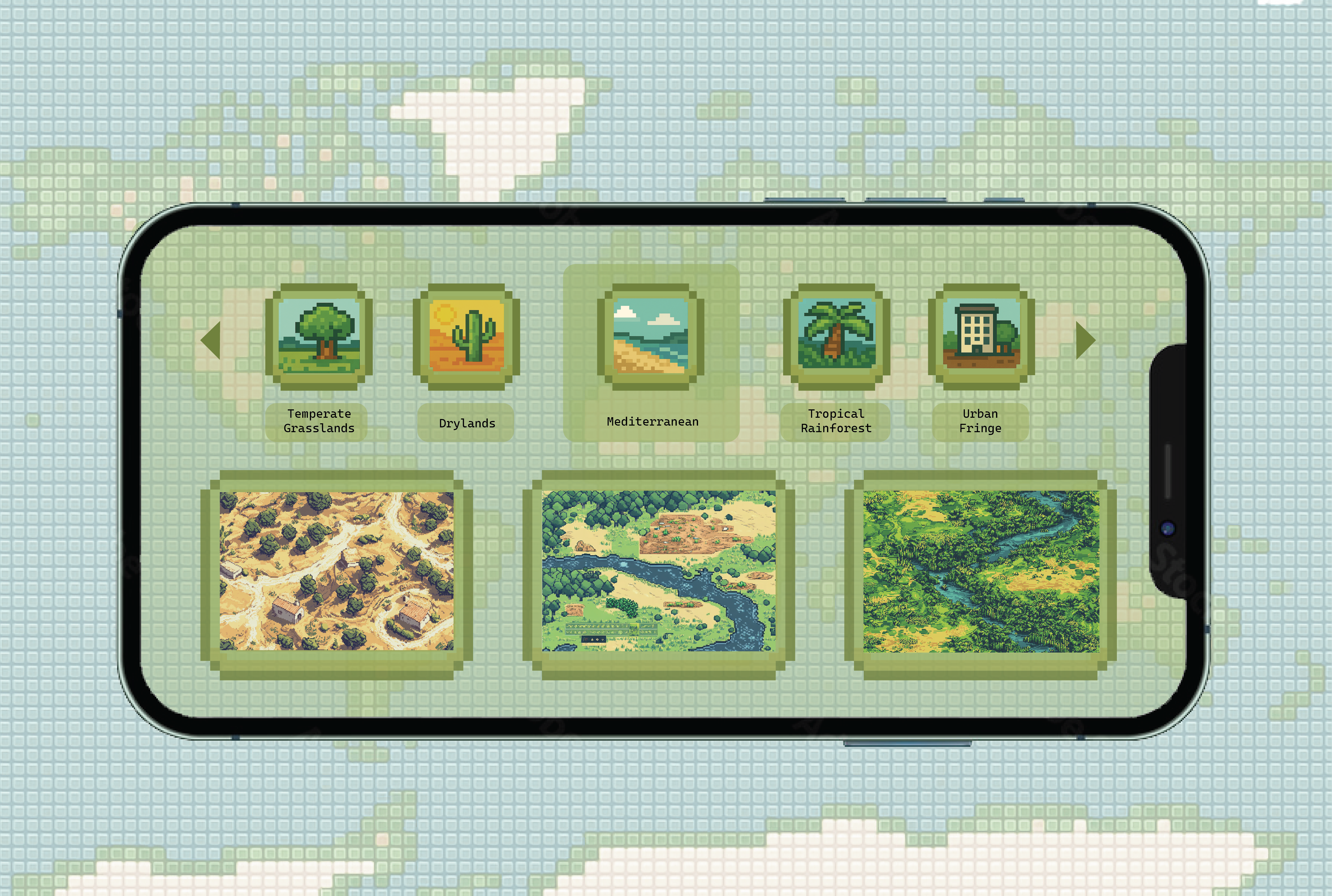
Globally, we are losing over 24 billion tons of fertile soil annually.
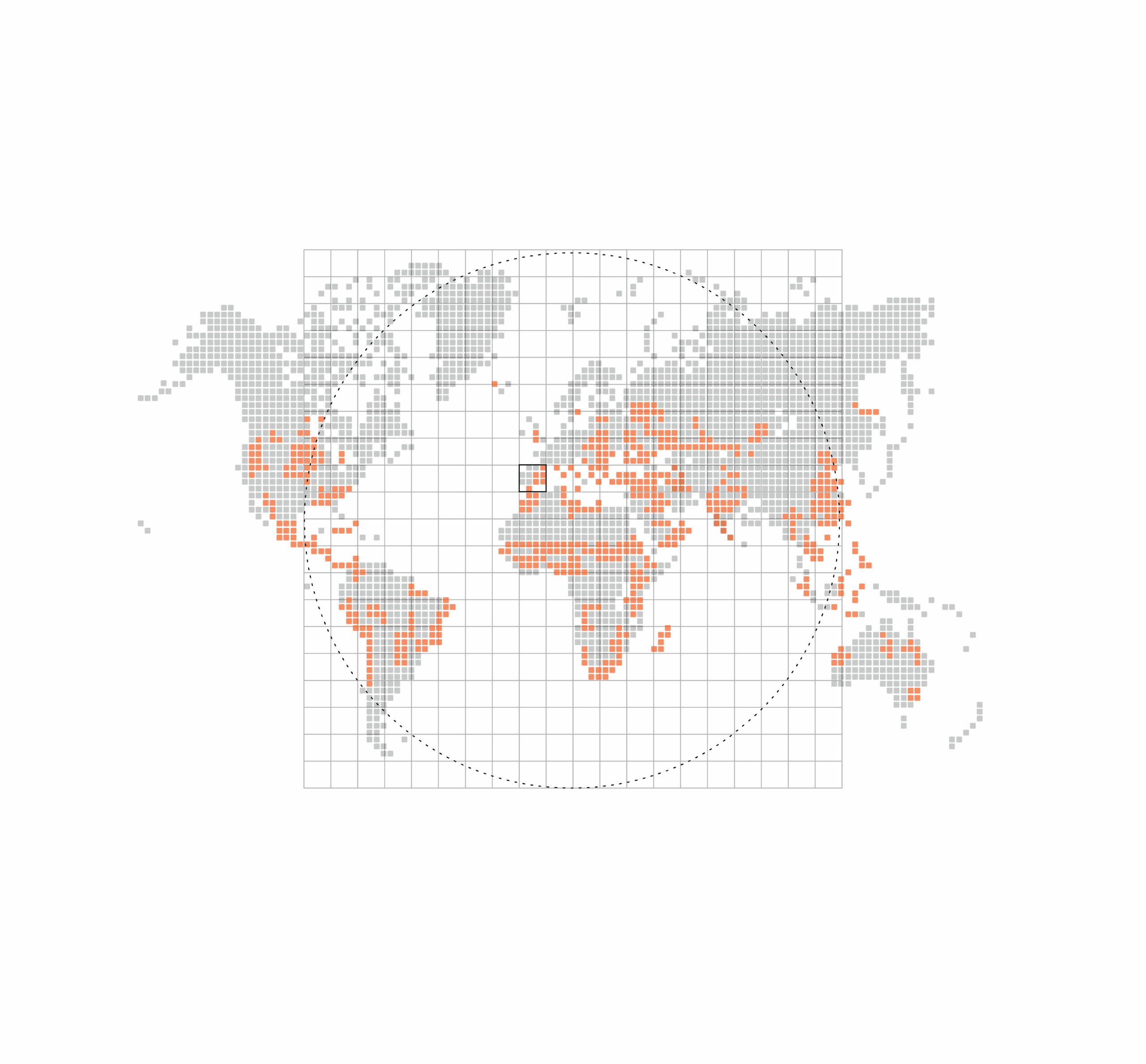
In Spain alone, over 70% of land is at risk of desertification.
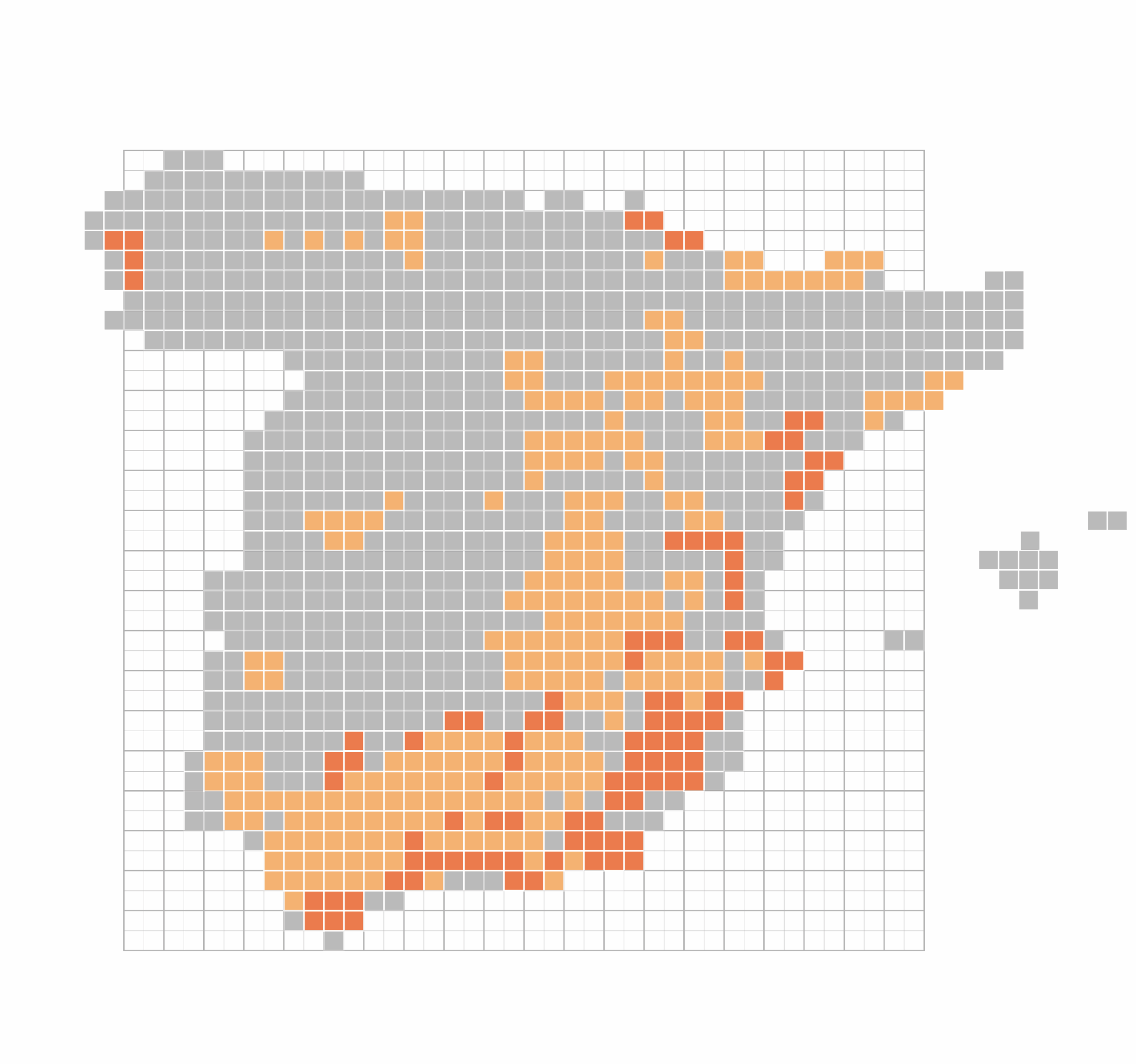
Yet soil remains invisible in most climate narratives. Traditional education often fails to make these systems emotionally resonant. Today’s youth experience climate anxiety without tools to act. This project asks: How can we teach systems thinking and regenerative practices in ways that feel personal, intuitive, and empowering?
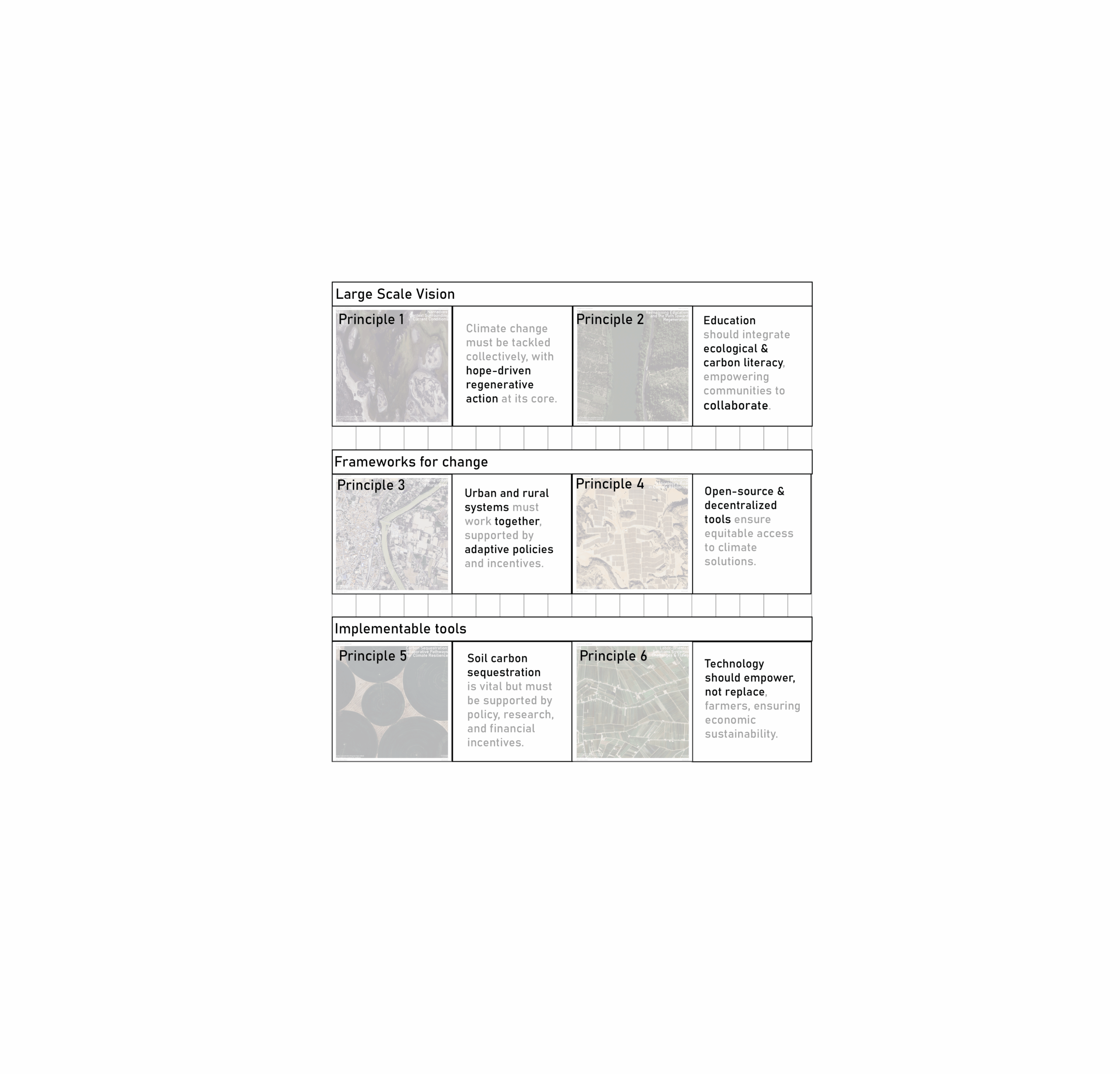
Targeted at youth aged 14–24, The Soil Beneath Us uses gameplay to bridge climate literacy and local action. The project is grounded in six regenerative principles: accessibility, systems thinking, interdisciplinarity, emotional connection, place-based learning, and long-term impact. Drawing from case studies like Eco, Terra Nil, and Stardew Valley, the game translates real-world data and methods into playable mechanics. It encourages players to explore biomes, make decisions, and collaborate to restore degraded ecosystems.

Players begin by choosing a real-world biome—such as drylands or wetlands—each with unique climate challenges. The gameplay loop follows:
Explore → Act → Observe → Learn.
Every tool (e.g. compost, agroforestry) visibly alters soil metrics, and players consult characters like scientists or planners for advice. Multiplayer collaboration simulates distributed knowledge, while progress maps show tangible before/after impacts on soil health, water retention, and carbon storage.

The Soil Beneath Us is not just a game, it’s a framework for teaching climate agency through care and collaboration. By turning knowledge into play, and play into restoration, the project envisions a future where ecological literacy is lived, felt, and shared. Future directions include adapting to new countries, connecting with farms and schools, and using AI to generate real-world learning scenarios.
